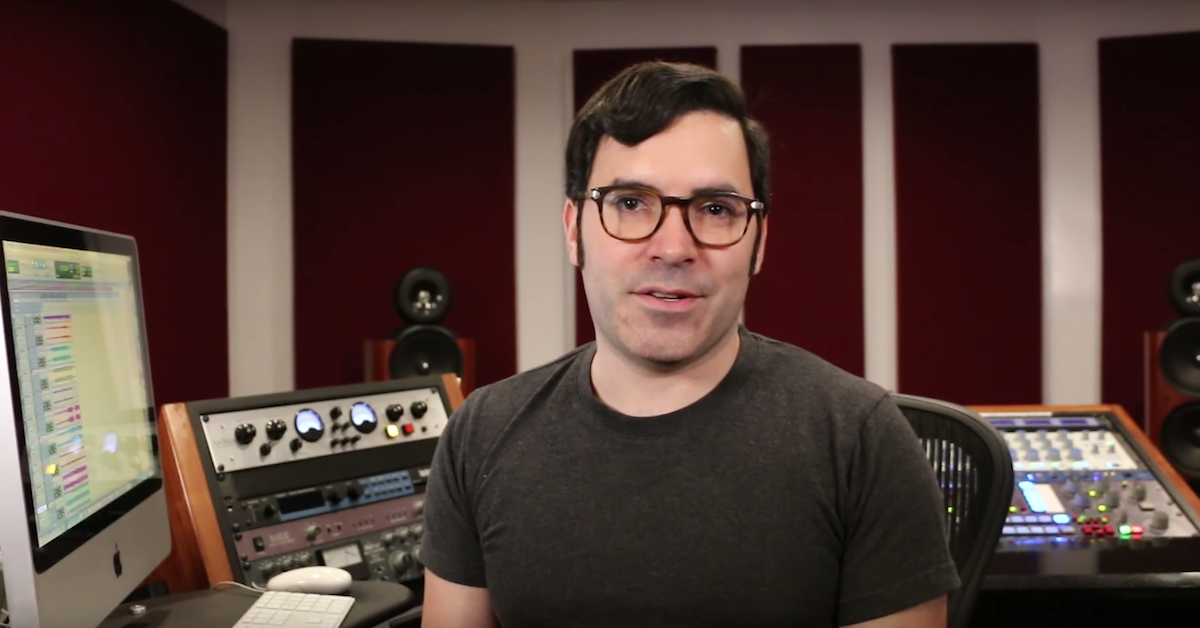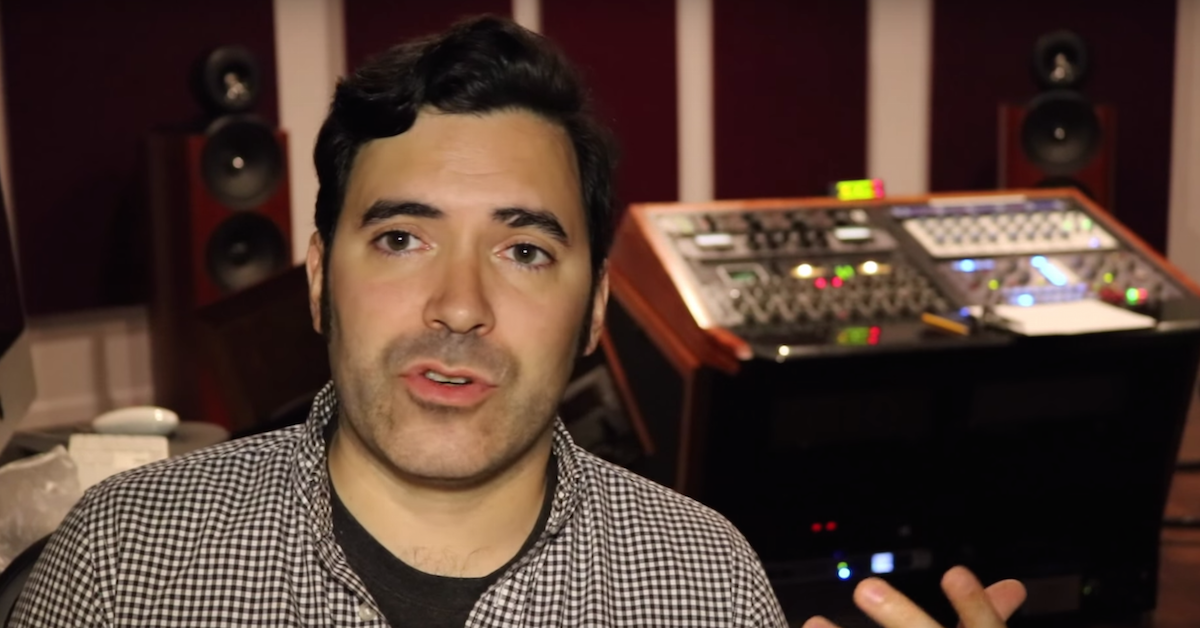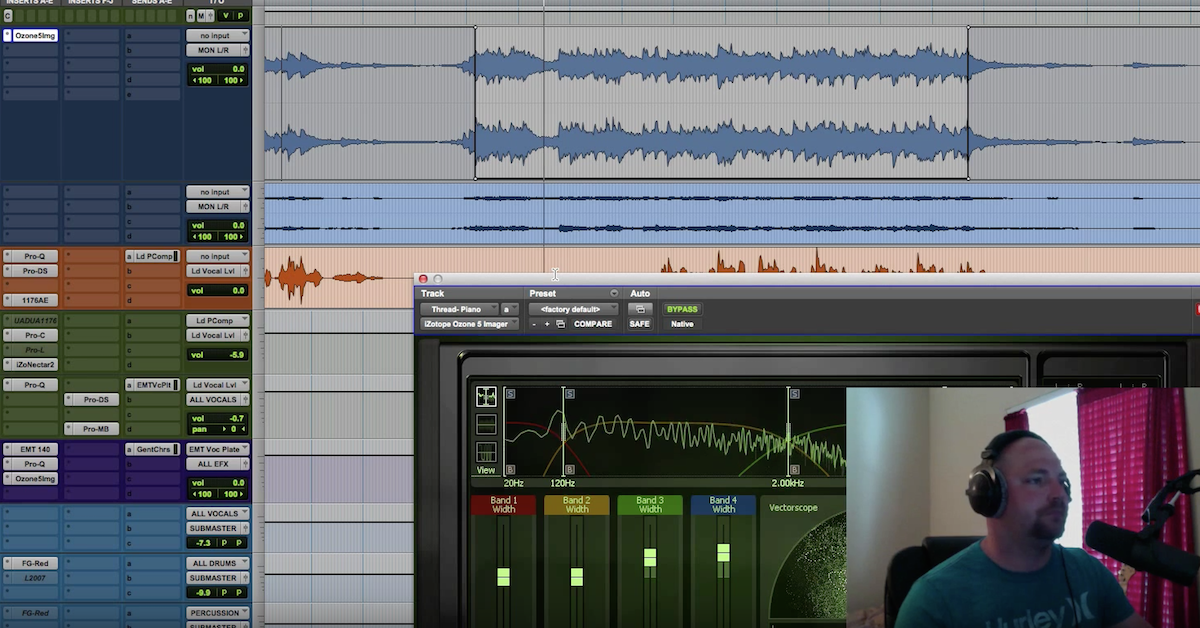4 Tips for Mixing with Mastering in Mind
Article Content
It can be tempting to think of mixing as the highpoint of a song. Especially if you are the mix engineer, you may consider the final mix as the culmination of a project. Passing the song off to the mastering engineer might be an afterthought. You might even think of mastering as a necessary evil that can only screw up your hard work.
I believe the “loudness wars” has skewed the opinion of mastering. I get the impression from many musicians, artists, and audio engineers that “mastering” has an unavoidable negative impact on a mix in order to prepare a song for popular consumption. It’s almost as if people believe the “mix” is the optimal version of a song, and “mastering” can only make a song sub-optimal.
In reality, this belief is incorrect. When performed properly, mastering is an essential step to improve a mix. It is the final “polish” for a song to take it to the next level and ready for distribution. Mastering can take a great mix and make it exceptional.
With this in mind, it can be productive to consider the big picture in your approach to mixing.
Mixing is the intermediary step between recording and mastering. Therefore, the job of the mix engineer is to prepare a recording for mastering.
Here are some tips that I came up with for mixing with mastering in mind:
1) Know When to Use a Mix Bus Limiter
One step in mastering is to perform dynamic range compression on a mix. This ensures that the amplitude of a signal is not too high (digital clip or cutting the vinyl groove) or too low (average signal level less than comparable songs).
It’s very common for a mastering engineer to use a limiter as part of this process. In order to prevent multiple stages of limiting, it’s best for the mix engineer to avoid bouncing a signal that has been limited during the mixing stage. In other words, leave the limiting to the mastering engineer.
With that being said, it can be a good idea to monitor your mix through a limiter as part of the mixing process. Listening to your mix through a limiter can give you an idea about how it will sound after mastering. Sometimes this may expose things that need to be changed in your mix.
While you are mixing, regularly switch a mix bus limiter in and out as an additional way to reference your mix. When you mix is complete, turn the limiter off during the bounce and let the mastering engineer take over from there. This is a great way to prevent surprises after the mastering process.
2) Experiment with Mix Bus EQ
A mastering engineer will typically use spectral processing as part of mastering a song. This may be to fix a problem in the mix, or a way to improve the overall sound.
A mix bus EQ can change the overall “tone” of a song from dark to bright or vice versa. Most mastering engineers anticipate that the overall tone of a song has been intentionally determined during the recording and mixing process. In fact, most mastering engineers would prefer the aesthetic of the song be determined before a mix comes across his/her desk. A good mastering engineer only uses a spectral processor when necessary.
Therefore, a mix engineer should be deliberate about the overall tone of a song. Use mix bus equalization tastefully and purposefully. Don’t underestimate what it can accomplish and don’t leave it up to the mastering to figure out your intentions.
It’s very difficult for a mastering engineer to undo too much dynamic range compression in a printed mix, but it’s much easier to fix a mix that has too much spectral processing. Be confident and bold with mix bus equalization. It’s an acceptable tool to use while both mixing and mastering.
3) Bounce at 32-bit Floating Point
In order to send a song to the mastering engineering, a mix is typically printed to a digital file. One of the options for the digital file is the bit depth. Common file formats for digital audio are 16-bit (fixed), 24-bit (fixed), and 32-bit floating point. Each format represents a level of numerical resolution or precision.
Analog signals are typically converted (sampled) to digital at 16 or 24-bit. However, native-based Digital Audio Workstations process these signals at 32-bit floating point. Therefore, both mixing engineers and mastering engineers typically work with 32-bit signals.
If you print your final mix at 16 or 24 bit, then you are down-converting the signal to a lower resolution, only to have the mastering engineer’s DAW up-convert the signal back to 32-bit. Unfortunately, some of the signal’s precision is lost as part of the down-conversion due to numerical rounding.
This loss of precision can be avoided by printing the final mix at 32-bit instead of 16 or 24 bit.
4) Bounce Stems and Alternative Mixes
Besides printing the standard full mix of a song, there are several other files worth printing as part of the process.
More and more mastering engineers want the flexibility of working with stems. Your best bet is to communicate with what your mastering engineer wants. It’s common to have separate stems of vocals and music. Some mastering engineers want vocals, drums, and other instruments. You can separate the mix out further, but be careful you don’t force your mastering engineer into becoming the mixing engineer.
While you’re in the process of printing stems, it’s a good idea to print alternative mixes. One example is the “TV mix,” where the lead vocals are removed, but the BGVs are left in. Another example is the instrumental, where all vocals are removed.
You’ll be glad you spent the ten minutes to print these alternative mixes, so that you don’t have to worry about an artist/producer calling you up several months later to have you create them again.
Conclusion
In conclusion, to achieve the best final results, prepare a mix that is tailor-made for the mastering process. Your mastering engineer will thank you for it.






